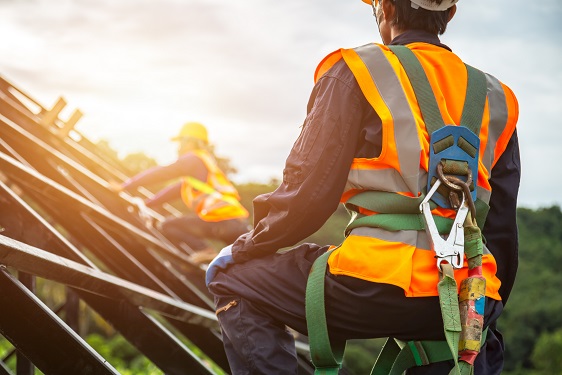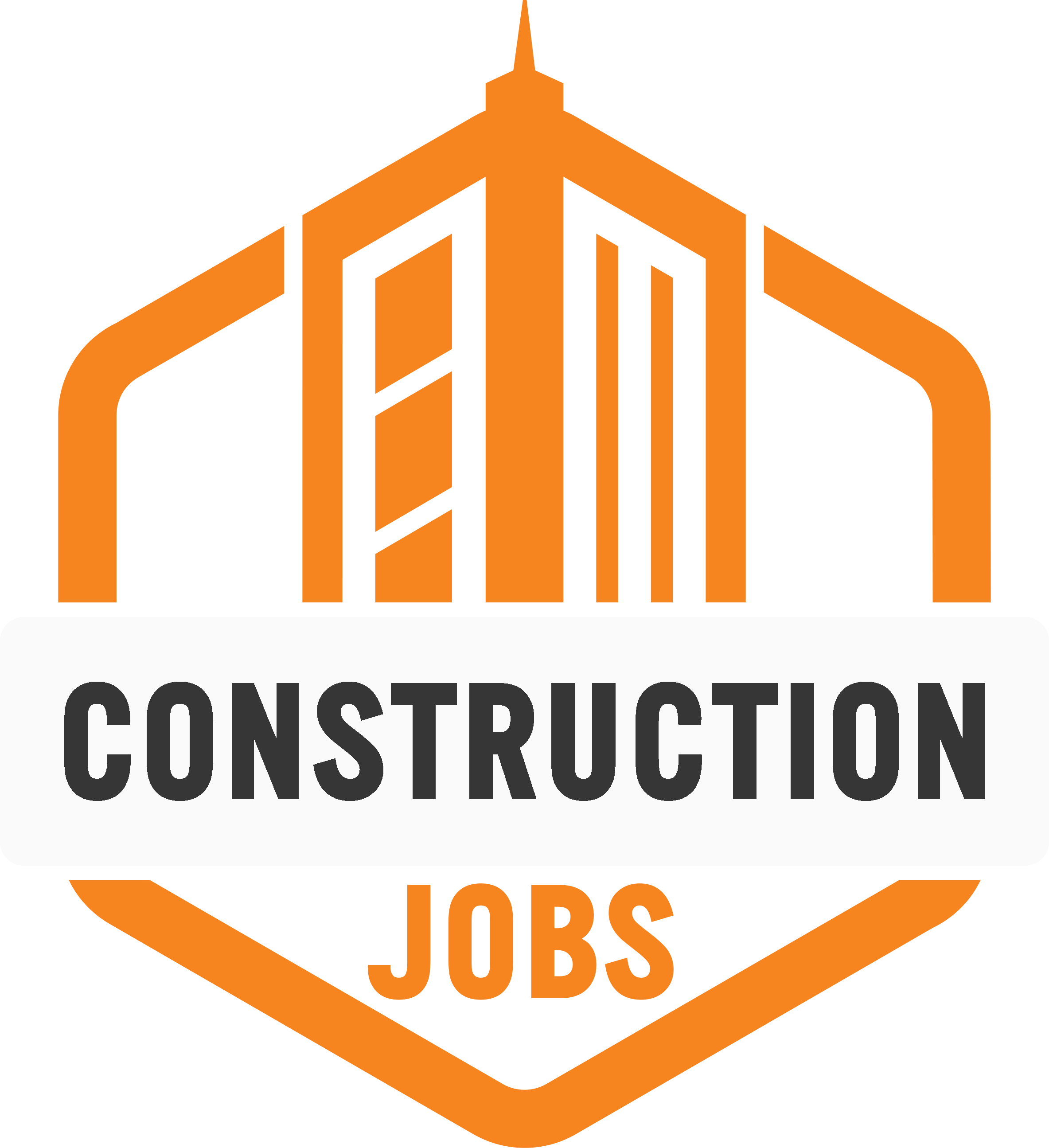8 Construction Hazards That Cause the Most Injury
Construction dangers: Falls, impacts, entrapment, electrocution, noise, airborne particles, repetitive strain. Stay vigilant for safety!

Construction is a hazardous industry. Worksites are full of heavy machinery, power tools, flying debris, and other hazards that can cause damage if you’re not careful. If you want to stay safe, you should know what to look out for.
Roughly 20% of all worker fatalities happen in the construction sector, but it doesn’t have to be that way. When you know what risks you face, you can take the appropriate steps to stay safe. With that in mind, here are eight hazards that cause the most injuries in construction.
1. Heights
Falling is by far the biggest hazard in the construction sector. Falls account for 36.4% of all fatalities in the industry and it’s easy to understand why. You don’t have to be very high up to get seriously injured if you fall, but preventing these injuries is a matter of taking routine steps many people may overlook.
When you’re climbing a ladder or walking along a roof, it can be tempting to do so without a proper safety harness or other protection. Getting the right safeguards in place takes time and workers may feel like they’re experienced enough to work without falling.
Regardless of how time-consuming or unnecessary it may seem, getting proper fall protection for every job at a height is crucial. Always brace ladders, wear a secure harness, and wear a helmet.
2. Struck-By Incidents
The next of OSHA’s “Focus Four” — the four most common hazard types — is struck-by incidents. These happen when a moving object makes forcible contact with a worker. That can be anything from a vehicle collision to walking under falling debris to catching the backswing of a hand tool.
Most serious struck-by incidents involve heavy equipment. When you’re in a crowded, loud construction site, it can be hard to see or hear nearby machinery or incoming vehicles. That makes it easy to run into something if you’re not careful.
Wearing a helmet at all times will help reduce the impact of these hazards, especially falling ones. It’s also important to always note your surroundings and communicate with coworkers to ensure everyone’s aware of moving equipment.
3. Caught-Between Accidents
Caught-between hazards are similar to struck-by incidents. These accidents happen when someone gets stuck between two objects or in a pit. Vehicles accidentally pinning people to surfaces is one of the most common examples; excavation workers falling into trenches is another.
Hazard communication is the best way to prevent these injuries. If you’re operating machinery, make your presence known and warn other people who may be in your way. It’s also a good idea to avoid walking between moving objects and place slip prevention barriers around trenches or pits.
4. Electrocution
Electrical hazards are the last of OSHA’s Focus Four. There were 166 electrical workplace fatalities in 2019 alone and the construction industry accounted for 43% of these. Unfinished wiring systems and equipment cables running across the ground can pose severe electrocution threats if site conditions aren’t up to OSHA standards.
Frayed or otherwise damaged wires are a common electrical risk. If people aren’t paying attention, they could easily damage electrical systems while working, creating a shock hazard that could endanger someone else.
To prevent these accidents, check for exposed wires or damaged electrical equipment while working. Always wear clothes and gloves that don’t conduct electricity while on the job, and inspect electrical equipment before using it.
5. Improperly Maintained Equipment
Outside of the Focus Four, one of the biggest hazards you may encounter is poorly maintained equipment. If something like a scissor lift or excavator isn’t in good condition, it may malfunction and injure the operator or nearby workers. It’s hard to make sure the machine doesn’t hurt anyone when you can’t control it correctly.
The first step to proper maintenance is checking the original equipment manufacturer’s maintenance manual. Using this as a guide, always review each piece of machinery carefully before using it to ensure it’s in good condition. Performing regular maintenance instead of running the equipment to failure, and implementing lock-out-tag-out procedures will help, too.
6. Noise
While it may not seem particularly dangerous initially, noise is a significant hazard on construction sites. Worksites are loud and over time, exposure to these noises can cause permanent damage to your ears. Loud noises can also make it difficult to focus or hear incoming machinery, making other hazards riskier.
The best way to handle noise hazards is to eliminate sound at the source, which isn’t always possible in this industry. Apart from using electric instead of gas tools, your options for hazard elimination are limited. Consequently, mitigation steps like wearing hearing protection at all times are essential.
7. Airborne Material
Another hazard that can go unnoticed is airborne material. Working with chemical-heavy construction materials and breaking down old infrastructure can kick up things like asbestos, lead, chromium, or cadmium, which can all be dangerous when inhaled.
Even dust can pose a threat if you breathe in enough of it. While these pollutants may not cause immediate injury, they can affect your breathing and overall health over time with repeated exposure.
Always know what materials you’re working with so you know what hazards you may face. If you’re in a leadership position, communicate these risks with team members so they know to be careful. Wearing respirators while working with or near hazardous airborne materials is also crucial.
8. Repetitive Strain
Sometimes, injuries that don’t show immediately are some of the riskiest. That’s the case with repetitive stress, which comes from repeated exertion and muscular or skeletal strain, causing musculoskeletal disorders (MSDs). Because you don’t always notice these until it’s too late, MSDs are remarkably common, causing 272,780 days away from work in 2018 alone.
The best way to tackle repetitive strain is prevention. Make sure you and everyone on the worksite use proper lifting and tool-handling techniques to minimize musculoskeletal stress. Taking regular breaks and using equipment like lifting belts and gloves can help, too.
Injury Prevention Starts With Awareness
Construction can be dangerous, but you don’t have to worry if you know how to handle the most pressing hazards. Preventing accidents starts with knowing what causes them.
These eight hazards aren’t the only ones you’ll face in construction, but they’re the most common and dangerous. Now that you know more about them, you can do what you need to minimize these risks and stay safe.
Author: Rose Morrison is a freelance writer in the construction industry and the managing editor of Renovated.
- Share This →

